
In recent years, researchers have spent countless hours in laboratories taking materials’ science to ever greater heights. Everything from wood to concrete to metal has been a “smart” makeover. It’s very likely that projects of the future will look very different, thanks to these cutting-edge materials. Check out the 10 building materials we think are poised to change construction and engineering.
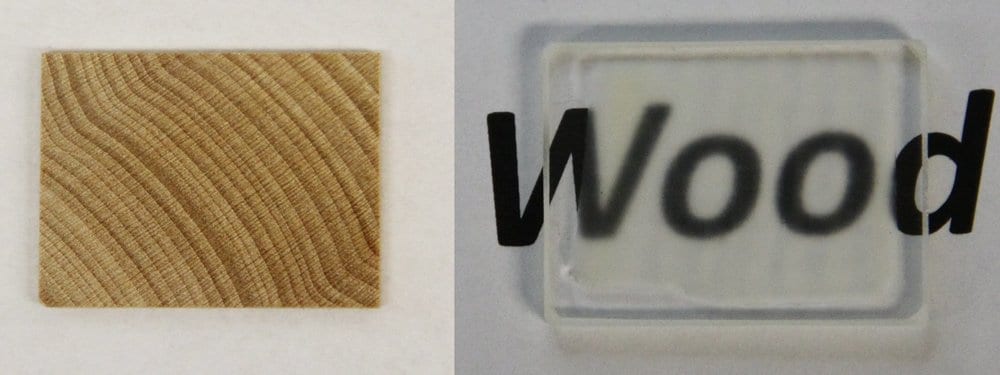
Translucent Wood
University of Maryland researchers have figured out how to strip away the colors and chemicals from wood, rendering it transparent. According to Discover, the wood retains all of its original qualities, attaining a 90% transmittance rate for light and offering far better insulation and strength than glass. Photo courtesy of Liangbing Hu
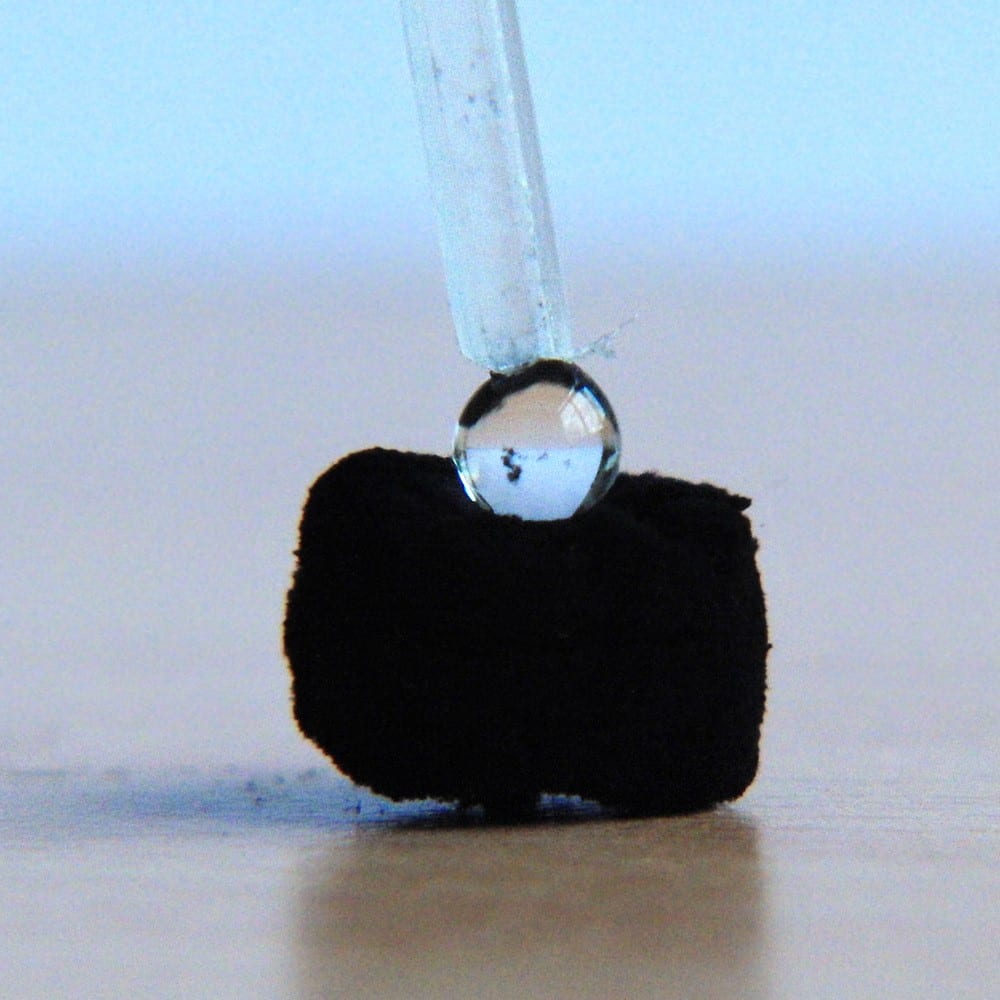
Aerographite: Lighter than Air
Aerographite is the world-record holder for the world’s lightest material, 5,000 times less dense than water and six times lighter than air, according to ExtremeTech. Made from a mesh of woven carbon nanotubes, the material is super-conductive, and can carry as much as 40,000 times its own weight. Photo courtesy of Kiel University
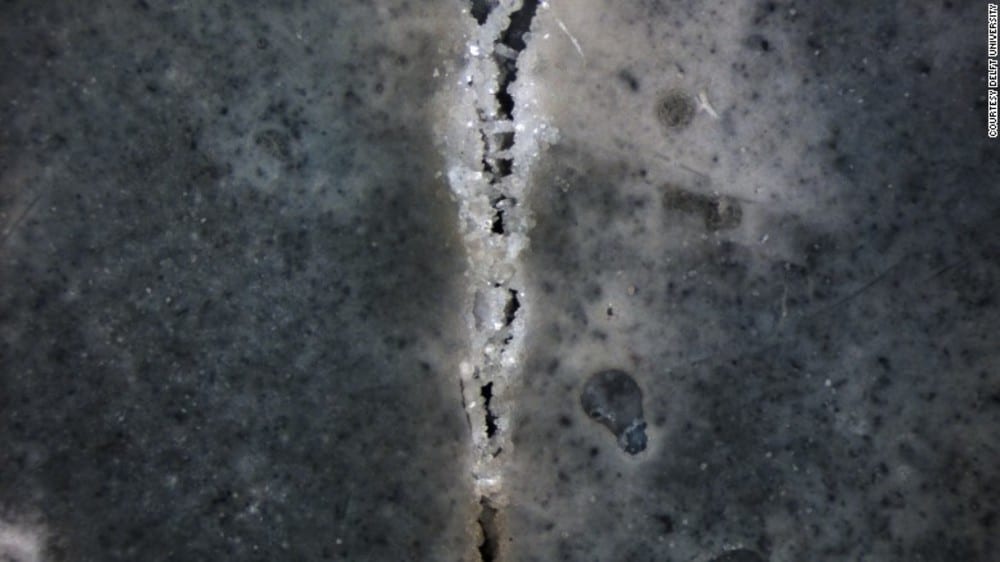
Self-Healing Concrete
There are several versions of this breakthrough material, which extends the working life of poured concrete up to 200 years and greatly reduces maintenance costs. One method embeds dormant bacteria in the mixture, which upon being activated by water from rain or snow, will produce a calcium-like material which fills in minor cracks. Photo courtesy of Delft University

Spider Silk
University of Cambridge researchers invented the synthetic material which is stronger than steel, despite being 98% water, and imitates the amazing strength of real spider webs. The material could have future implications on everything from bicycle helmets to airplane wings to acoustic building tiles. Photo courtesy of University of Cambridge

Nanocrystals: Tiny But Mighty
Nanocrystals are tiny particles of materials like silver, gold or aluminum that can dramatically change the properties of glass. They let in the sunlight but block the radiation, keeping buildings cooler in the summer and less reliant on air conditioning systems. Such active smart windows would even allow users to dim the sunlight from inside a structure.
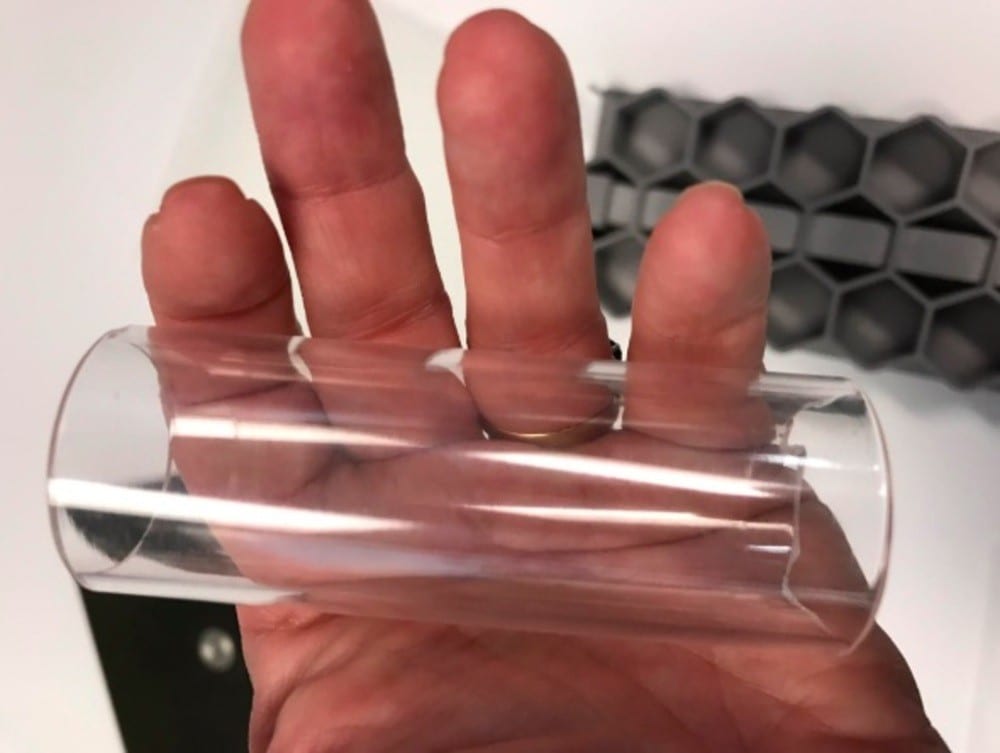
See-Through Aluminum
Transparent aluminum, made from aluminum, nitrogen and oxygen, remains optically transparent while being 85% as hard as sapphire and four times harder than fused silica glass. Its incredible strength and flexibility offers many potential applications, from head-mounted face shields, drones, and even for domes used for undersea vehicles. Photo courtesy of Jo Pitesky
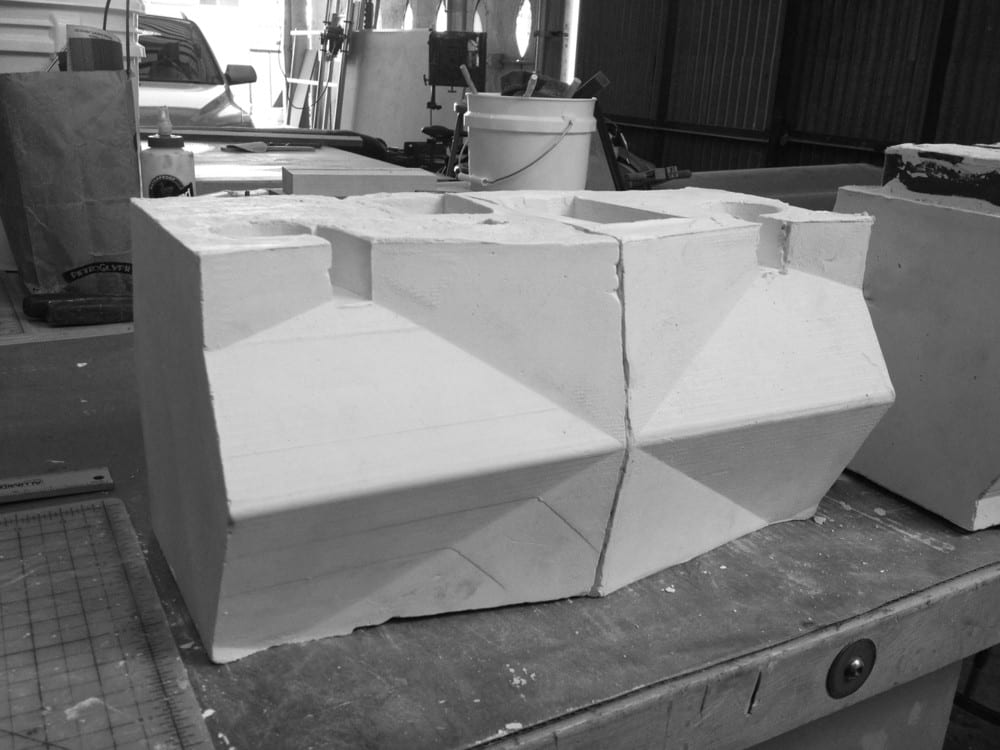
Pollution-Absorbing Brick
The absorbent brick is tackling air pollution in dense urban areas by integrating directly with a building’s ventilation system. Breathe Bricks use cyclone filtration to remove pollutant material from the air and deposit it into a removable hopper at the wall’s base, allowing a building to actively improve the air for both occupants inside and the people outside. Photo courtesy of Natacha Schnider
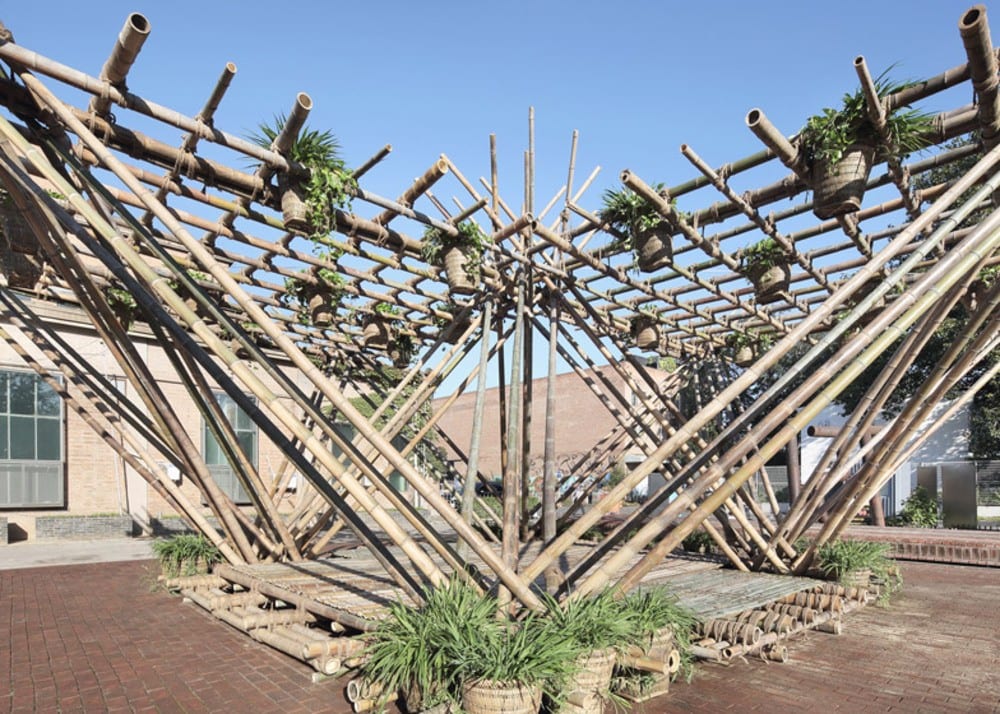
Modular Bamboo
Architecture studio, Penda, conceived the idea of modular structures made entirely from bamboo and rope, which it says can be used to provide a sustainable, low-cost housing option for populations of up to 200,000. The system features networks of triangle-shaped cabins that can be expanded horizontally and vertically as more space is needed. Photo courtesy of Xia Zhi and Hua Su
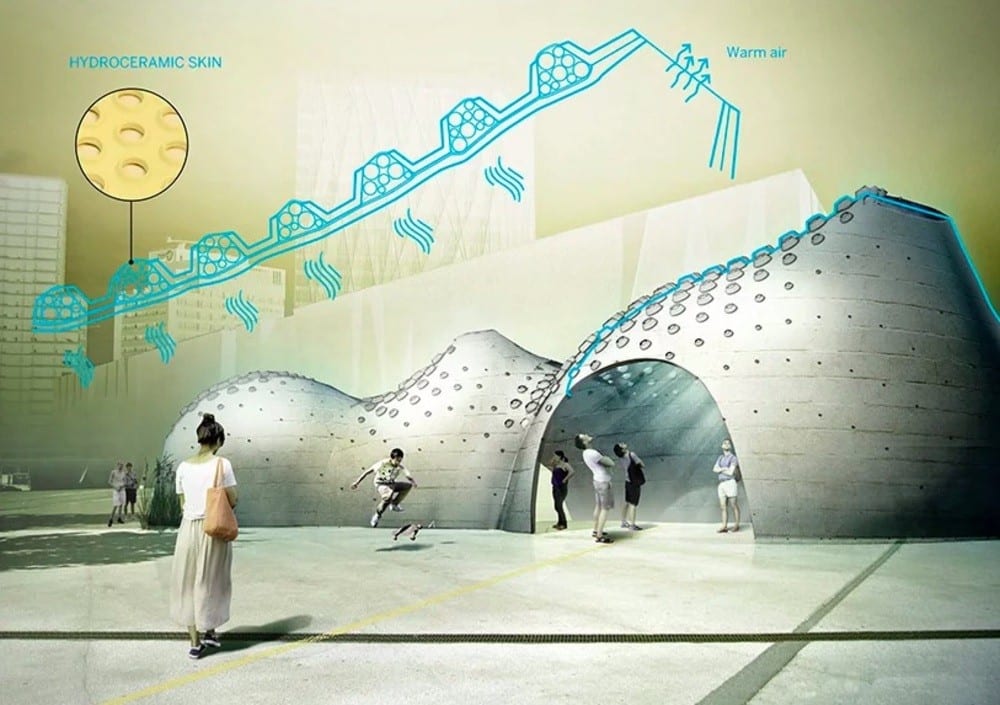
Hydroceramic: Cooling Things Down
Student researchers in Spain have created a material called hydroceramic, which they believe can cut overall electricity used by air conditioning by up to 28% by sandwiching a layer of absorbent fabric in between two layers of clay ceramic. It changes its behavior based on the temperature outside, automatically lowering the temperature as needed. Photo courtesy of Digital Matter Intelligent Constructions Studio
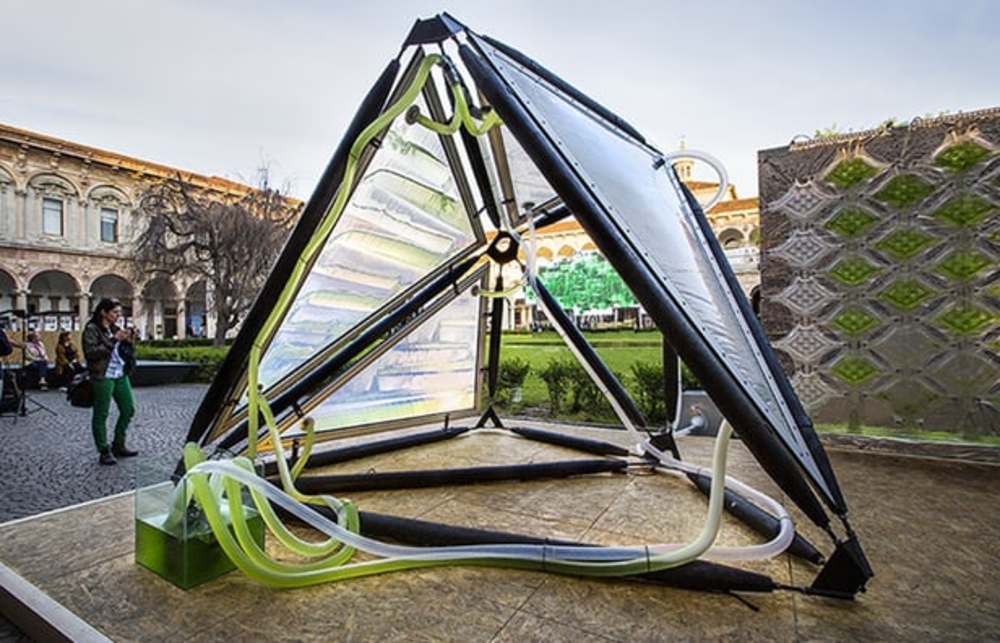
Bioreactors Generate Oxygen and Energy
Bioreactors are combating climate change by creating oxygen, as well as hundreds of pounds a day of green microalgae used for fuel. Bioreactors placed around a building’s structure utilize solar thermal heat and algal biomass to create energy. The BIQ House in Hamburg, Germany has 100 such bioreactors, which provide 30% of the building’s energy. Photo courtesy of 99PercentInvisible
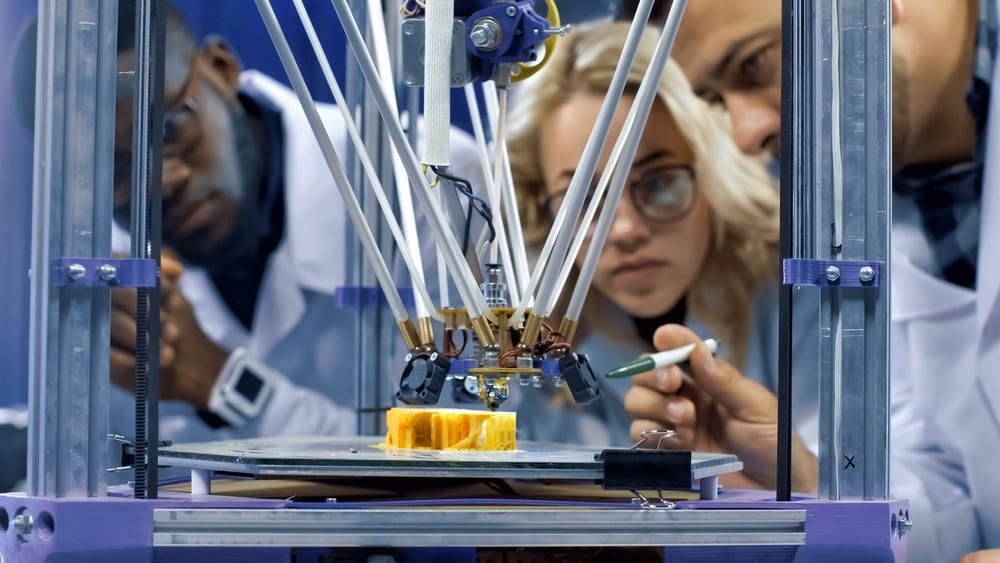
To Wrap It All Up…
From the melding of the man-made and natural world, to materials taking on properties beyond their inherent capabilities, the creative minds behind such cutting-edge materials should be commended for their commitment to creating materials that will one day make the world a better place to live.
Leave a Reply